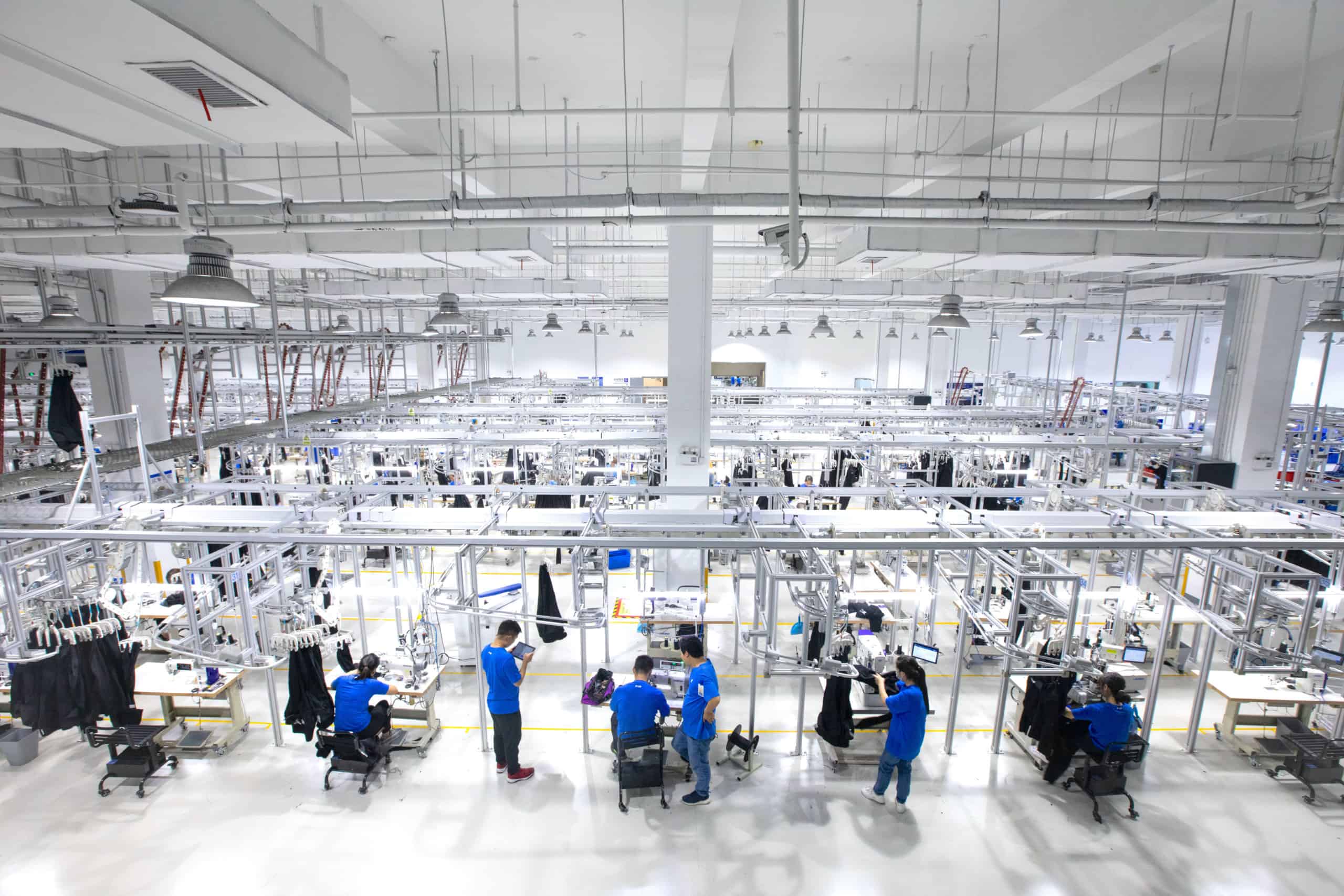If China is to achieve its aim to become a global leader in technology and innovation by 2035, it will need plenty of people with skills in these areas.
One problem: the country is facing what some describe as a chronic talent crunch.
The idea that China is experiencing any such deficit might seem strange, given its enormous population of 1.4 billion people. The country’s top leaders have made attracting and nurturing talent among the country’s top priorities for decades, hand-in
Subscribe or login to read the rest.
Subscribers get full access to:
- Exclusive longform investigative journalism, Q&As, news and analysis, and data on Chinese business elites and corporations. We publish China scoops you won't find anywhere else.
- A weekly curated reading list on China from David Barboza, Pulitzer Prize-winning former Shanghai correspondent for The New York Times.
- A daily roundup of China finance, business and economics headlines.
We offer discounts for groups, institutions and students. Go to our
Subscriptions page for details.


